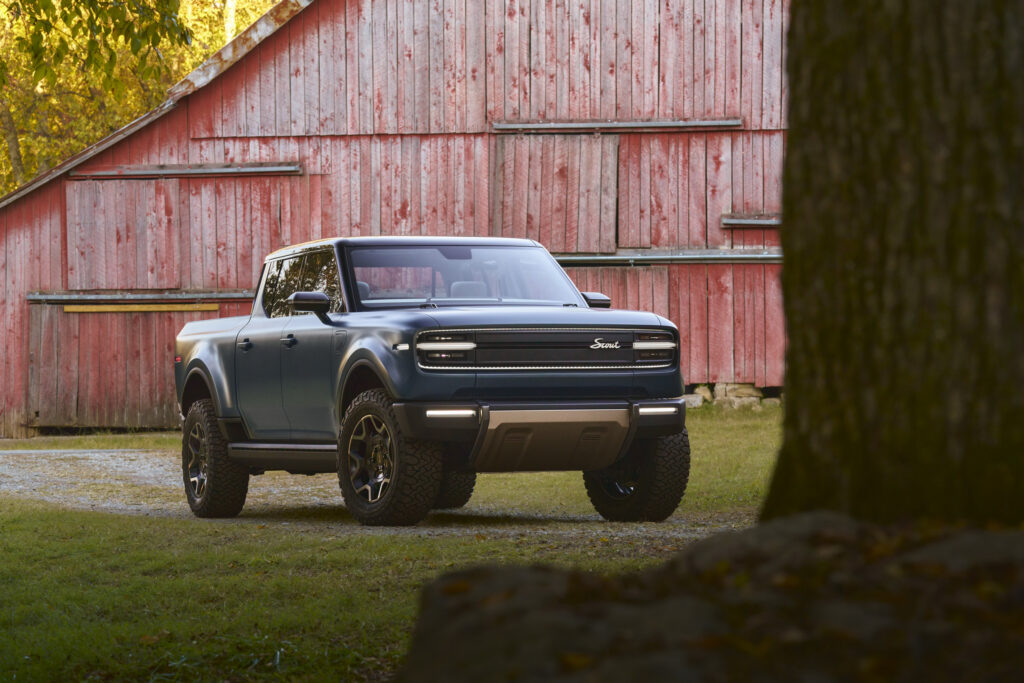A webinar hosted by the Propane Education & Research Council outlined the benefits of propane-fueled school buses with transportation professionals that are currently using them in their fleets.
“Blue Bird loves to make buses, and we love to make options,” said Steve Whaley, alternative fuels manager at Blue Bird during the Wednesday webinar. He discussed a comparison with propane to other fuels in terms of cost differential, as he said perception of alternative fuels is that they tend to be more expensive.
With over 20,000 propane buses on the road, Whaley said that savings are significant with average fuel and maintenance costs of about $3,700 per year per bus. As opposed to other clean fuel options and even when compared to diesel, the infrastructure costs are the lowest of any other fuels because propane evaporates leading to fewer regulations from the EPA. Since so much propane is sourced in the U.S., Whaley said transportation departments can avoid the cost instability that comes with outsourcing fuel from outside the country.
Whaley quoted Mike Bullman, director of transportation for the South Carolina Department of Education, as saying, “We don’t need funding for propane, those things pay for themselves.”
To discuss the health benefits of propane, Bailey Arnold from the American Lung Association presented statistics on the high rates of lung cancer in the U.S. As the director of healthy air solutions, Arnold said the organization is committed to fighting the high rates of lung cancer that lead to nearly 125,000 lives lost every year.
He noted that implementing propane is one of the things society can do to combat these mortality rates and health issues as well as high CO2 emissions, explaining that while emissions are commonly measured and analyzed on a yearly basis, “they stack up and have a cumulative effect.”
He said that he would encourage school districts to consider propane now as it will only get more difficult to reduce overall emissions. Arnold referenced a recent NREL study that found that using propane would save 147 tons of carbon emissions in three years, while renewable propane would save 360 tons over the same period.
Amy Rosa, director of safety and transportation at Wa-Nee Community Schools in northern Indiana, is currently running 25 Blue Bird propane buses out of the 56 buses in her fleet that transports 3,000 students. She said losing two parents to lung disease in recent years spurred her passion for cleaner fuels. Meanwhile, the Volkswagen mitigation trust grant funding contributed a lower cost of implementation for the new propane buses. She said her district is always looking to save money to benefit the students and taxpayers, and that propane buses helped do that.
She said the transition was seamless, and that partnerships with the suppliers were supportive. Mechanics and drivers were on board. She said that the drivers appreciate the quieter engines, which “reduces tension with students and drivers” and that these quiet, clean, warm buses are improving student behavioral student issues. In a cold state, she said the quick heating ability of propane buses with no need for auxiliary heaters has been a benefit, and that her drivers have told her, “I love knowing my bus will start no matter how cold it gets.”
Whaley noted that Diane Mikelski, the recently retired director of transportation at Illinois’ Township High School District 211, will be speaking about her experience with propane buses at the upcoming Transporting Students with Disabilities and Special Needs (TSD) Conference in November on the benefits of a quieter bus on student behavior.
Sam Corson, the bus and automotive maintenance manager at Newport News Community Schools in Virginia, said he has seen immediate positive results from using propane buses. He said with wide city borders, which requires school bus drivers to often log 100 to 200 miles a day, long-range buses are necessary. He said Newport News has had no issues with propane buses doing around 340 miles on one tank.
Corson said that about 80 percent of district routes are covered by the 180 propane buses out of 306 total in the fleet,. Cost savings are evident, with diesel buses costing 38 cents per mile to operate compared to 29 cents on propane.
“I noticed all the things [a propane bus] does not have that I was continuously fixing on a daily basis,” he shared, and continued that he has seen a reduction in bus breakdowns.
Learning maintenance was simple for his team, he said, noting that the local Blue Bird dealership led training for all the mechanics to make sure they were comfortable with the new buses. Corson said that due fewer regulations and overall positive reactions to propane buses, the district decided to not decommission and replace the fuel tank.
Both Rosa and Corson praised the ROUSH CleanTech fueling software that allows them to keep track of fuel levels and that suppliers have been consistent. They also noted that they did not have to invest in new additions for their maintenance facilities when implementing propane.
When asked what she would tell another director who is considering buying propane buses, Rosa said, “No hesitation…the choice is a no-brainer for kids and for your mechanics, for bus drivers. It’s just a really good choice all around. I couldn’t think of any reason why you wouldn’t.”
Corson said his advice is to “jump in 100 percent.”
“I couldn’t see myself buying [another] diesel unless I was forced to,” he continued, adding that maintenance is much simpler on propane buses and any issues that do come up are usually easy fixes.
Watch the webinar on demand.
Related: Ride and Drive, Technology Product Demos Return to Texas in November
Related: Propane Best Immediate Option For Greening Fleet, Says Rural Missouri School District
Related: Students, Staff at Illinois District Approve of Propane School Buses
The post Webinar Discusses Impact of Propane School Buses on Costs, Health and Maintenance appeared first on School Transportation News.
















